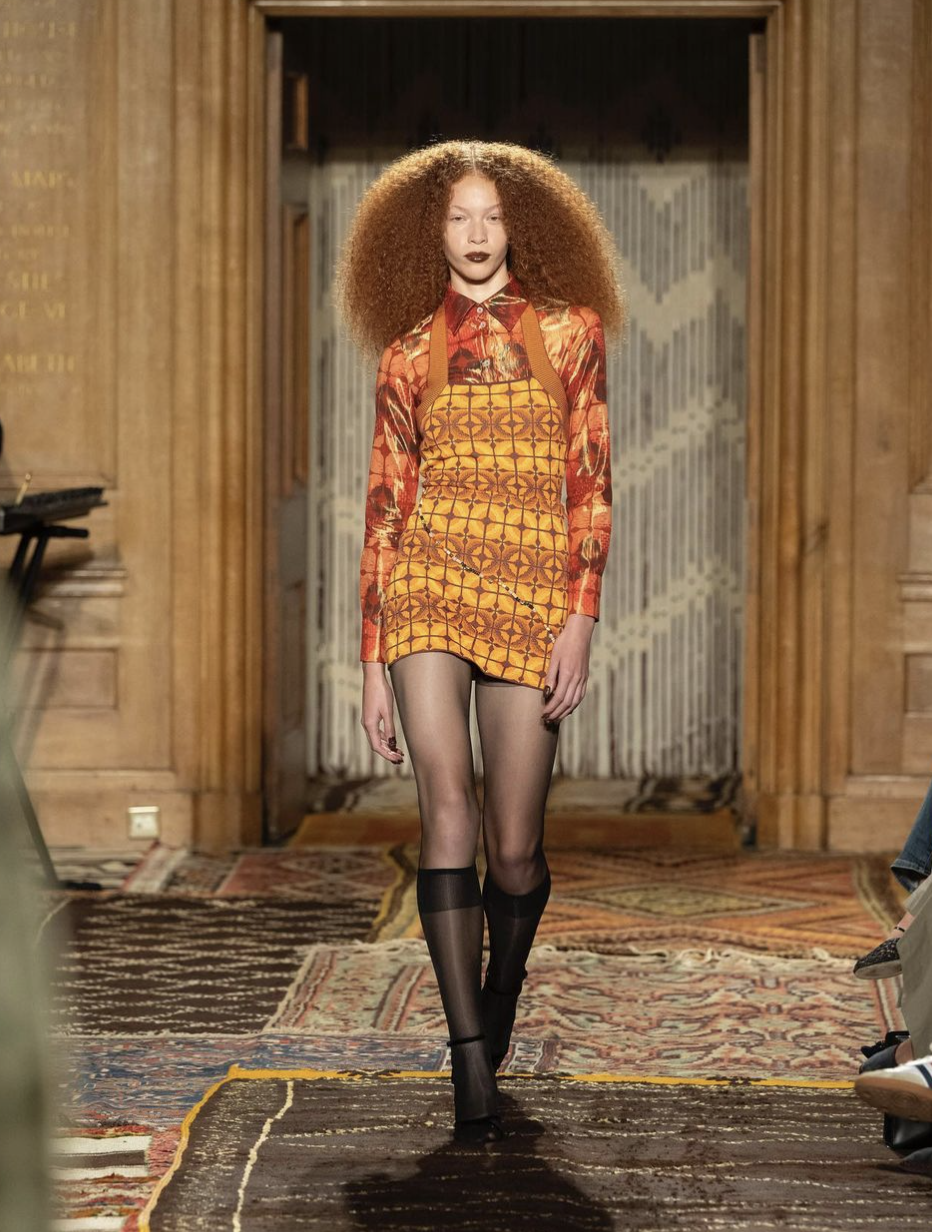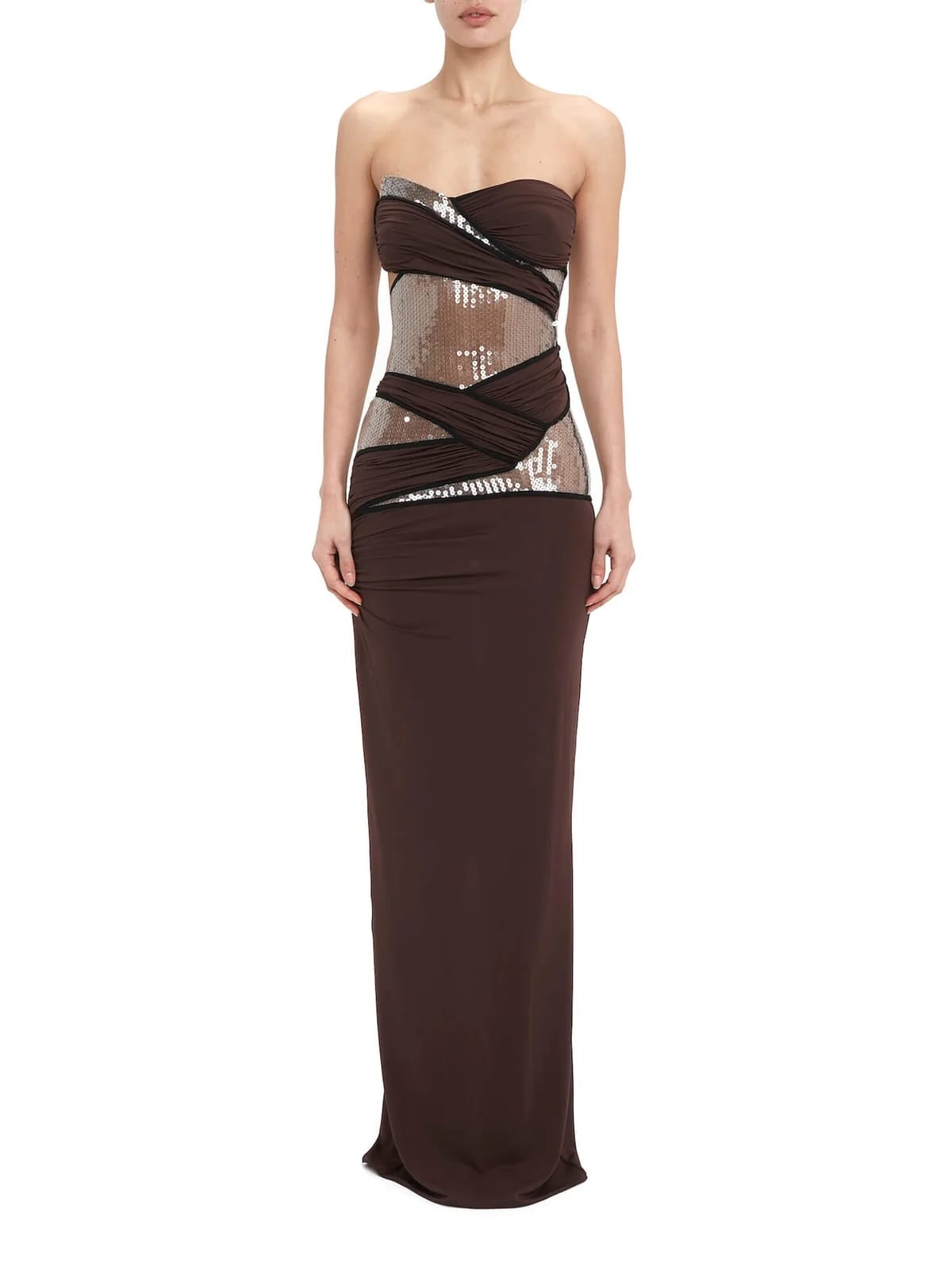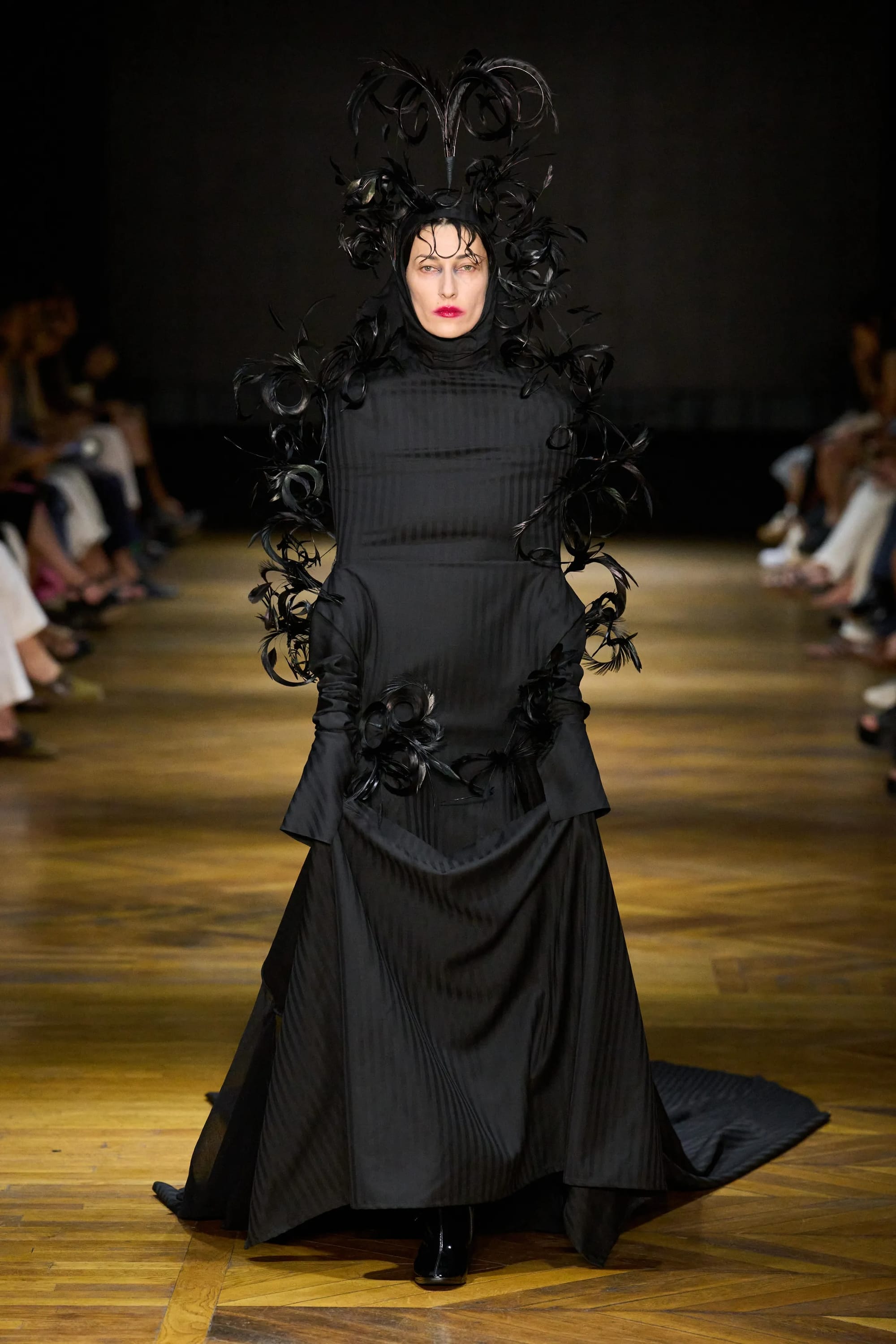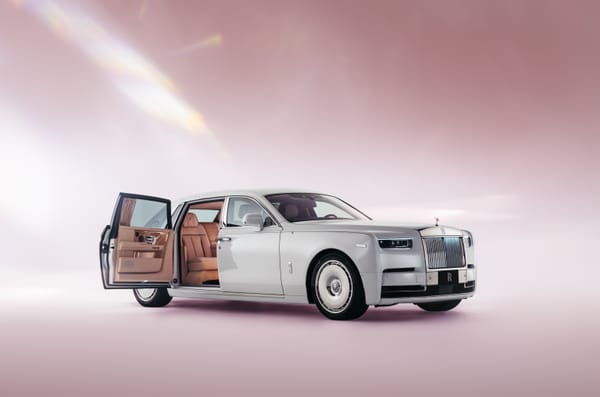The New Faces of Couture: Meet the Innovative Designers Shaping the Future
In the evolving fashion world, a new wave of designers is redefining couture with bold visions and fearless creativity. They’re ushering in an era characterised by avant-garde style, sustainability, inclusivity, and digital innovation, blending tradition with modern values.

Emerging designers are leading a fashion revolution that is both avant-garde and deeply committed to sustainability, inclusivity, and digital innovation. These trailblazers are reimagining couture to resonate with modern audiences while honouring its rich legacy. Who are these influential designers shaping the future of fashion, and how are they making their mark?
At the core of this fashion revolution is a strong dedication to sustainability. Young designers are moving away from wasteful practices, responding to the fashion industry’s significant environmental impact. Traditional excesses are being replaced by upcycling, zero-waste production, and eco-friendly materials, making sustainability a central aspect of their design approach.
Priya Ahluwalia, a British designer of Nigerian-Indian descent, is a leading figure in this movement. Through her namesake label, Ahluwalia creates collections that combine her multicultural background with a commitment to sustainability. Inspired by her heritage and family history, she incorporates vintage textiles and deadstock fabrics, transforming them into vibrant, unique garments that are both personal and environmentally conscious. Ahluwalia’s collections, such as those inspired by her family’s experiences in Nigeria and India, often explore identity and belonging while promoting ethical fashion practices. She has also contributed to raising awareness of the environmental crisis in fashion through her photography projects documenting clothing waste.

Marine Serre's influence on fashion is undeniable. Her collections are celebrated for their futuristic aesthetic and commitment to sustainability. By innovatively using recycled materials and upcycling fabrics from discarded items, she has set a new standard in eco-conscious couture. Her designs blend functionality with high fashion, appealing to those seeking stylish yet environmentally responsible clothing.
Having grown up in the digital age, new designers are naturally fluent in the language of technology. Virtual fashion shows, digital collections, and augmented reality experiences are becoming central to how they present their work. These designers understand the power of social media and digital platforms like Instagram, TikTok, and Depop, which have become essential tools for showcasing and selling their creations.
Nensi Dojaka, an Albanian-born designer and recipient of the prestigious LVMH Prize, exemplifies the merging of physical and digital fashion worlds. Her body-hugging dresses, known for their sheer fabrics and intricate designs, have become Instagram sensations. Dojaka’s collections reflect the digital-native generation’s preference for visually striking, highly shareable fashion. Her ability to appeal to both physical and online audiences has quickly propelled her into the global fashion spotlight.

Similarly, Mowalola Ogunlesi, a Nigerian-British designer, has taken social media by storm with her bold and unapologetic approach to fashion. Known for her use of vibrant colours and subversive tailoring, Mowalola’s designs blur the lines between streetwear and high fashion. Her appointment in 2020 as the design director for Kanye West’s Yeezy Gap line is a testament to her ability to bridge the gap between digital culture and couture-level craftsmanship. Her work resonates with a generation that is both rooted in street style and hungry for innovation.
Emerging designers are committed not just to aesthetic innovation but also to making fashion more inclusive. The traditional, narrow definitions of beauty and exclusivity that have long dominated couture are being challenged by this new generation, which celebrates diversity in all its forms—whether in race, body size, gender identity, or cultural background.
Harris Reed, a non-binary designer, is leading the charge in making couture more inclusive and expressive of fluid identities. Reed’s designs are theatrical and flamboyant, often described as “demi-couture” for their gender-fluid silhouettes that challenge the traditional binary notions of masculinity and femininity. Worn by celebrities like Harry Styles, Reed’s designs are a bold statement for inclusivity, representing a generation that refuses to conform to rigid gender norms. Reed’s collections are deeply political, pushing the boundaries of what fashion can represent in a more inclusive and diverse society.

Another designer making waves is Kenneth Ize, who has garnered international attention for his innovative use of traditional African textiles, particularly Aso Oke fabric, which is native to Nigeria. Ize’s collections are a celebration of African craftsmanship, blending modern silhouettes with traditional weaving techniques. His designs are more than just a fashion statement—they represent a broader push for diversity and representation within the luxury fashion industry. By bringing African heritage to the forefront of global fashion, Ize is expanding the definition of couture to include a broader range of cultural influences.
While couture has historically been associated with exclusivity, meticulous craftsmanship, and high price points, modern designers are challenging these conventions. They are making luxury fashion more accessible and relevant to a younger, more diverse audience, all while maintaining the essence of couture.
Charles de Vilmorin, a young French designer, has quickly risen to prominence with his eccentric, avant-garde approach to couture. Known for his use of vibrant colours, bold prints, and dramatic, exaggerated shapes, de Vilmorin’s work is a celebration of artistic expression. His designs embody a spirit of rebellion against the minimalist trends that have dominated the fashion industry in recent years, proving that couture can still be a space for fantasy and creativity.

In contrast, Maisie Schloss, the founder of Maisie Wilen, takes a more futuristic approach. Her designs, often body-hugging and playing with optical illusions, reflect a fascination with digital aesthetics. A former member of Kanye West’s Yeezy team, Schloss is at the forefront of fashion that merges technology with design. Her work appeals to a younger audience that craves innovation and wants clothing that reflects the digital age. By using new materials and futuristic cuts, Schloss is proving that couture can evolve while maintaining its exclusivity.
As new designers gain prominence, they are not only shaping fashion trends but also redefining the essence of couture. Their focus on sustainability, inclusivity, and digital innovation reflects a growing commitment to social and environmental responsibility.
The future of couture, in the hands of these young creatives, is one where tradition and innovation coexist harmoniously. Their work is a testament to the idea that fashion is not static but a constantly evolving art form that reflects the times. As the fashion world continues to embrace this new wave of designers, we can expect couture to become even more inclusive, daring, and transformative.





